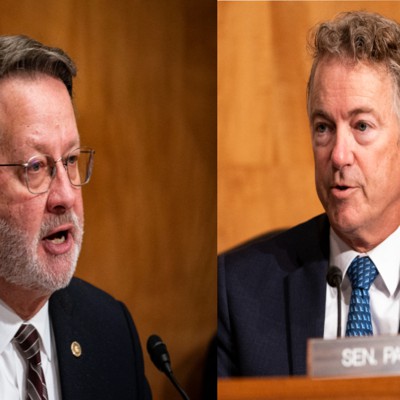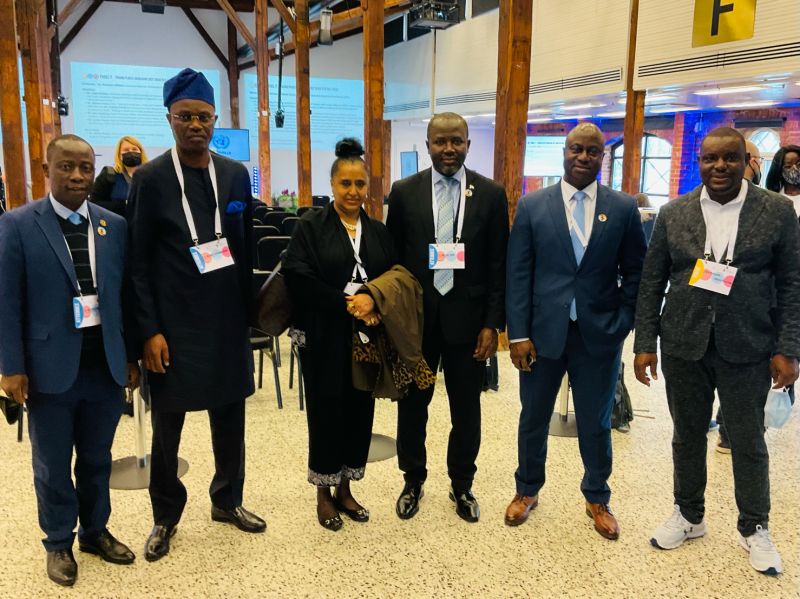The China Market: A Crucial Test For BMW, Porsche, And Their Competitors

Table of Contents
H2: Intense Competition and Market Saturation
The China market is no longer just a battleground for established international players; it’s a fiercely competitive arena where domestic brands are rapidly gaining ground. This intense competition is impacting market penetration and profitability for luxury car makers.
H3: The Rise of Domestic Brands
Chinese automotive brands like BYD, NIO, and Xpeng are rapidly escalating their market share, fueled by technological innovation and aggressive pricing strategies. Their rise represents a significant threat to established luxury brands.
- Successful Chinese EV Models: BYD's Han and Tang EVs, NIO's ET7 and ES8, and Xpeng's P7 and G9 are strong examples of technologically advanced vehicles competing directly with BMW and Porsche models.
- Technological Features: Many domestic brands boast advanced driver-assistance systems (ADAS), impressive battery technology, and sophisticated infotainment systems, often at a lower price point than comparable luxury imports.
- Pricing Comparisons: Chinese EVs frequently undercut their Western counterparts in pricing, making them highly attractive to price-sensitive consumers, even within the luxury segment.
- Government Support: Significant government subsidies and incentives for domestic EV brands further bolster their competitiveness, creating an uneven playing field for foreign automakers.
H3: The Price War and Pressure on Margins
The intensifying competition has sparked price wars, squeezing profit margins for established players like BMW and Porsche. Maintaining brand prestige while navigating this challenging pricing environment is crucial.
- Price Reductions: BMW and Porsche, along with other luxury brands, have been forced to offer price reductions to remain competitive, impacting their overall profitability.
- Impact on Profitability: The pressure on margins necessitates a careful balancing act between maintaining brand image and achieving acceptable profit levels. Strategies include streamlining production, optimizing supply chains, and exploring cost-effective manufacturing solutions.
- Prestige Management: Maintaining brand prestige despite price reductions requires emphasizing unique value propositions such as superior craftsmanship, exclusive features, and exceptional customer service.
H2: Understanding the Unique Needs of Chinese Consumers
Successfully penetrating the China market requires a nuanced understanding of Chinese consumer preferences, which differ significantly from those in Western markets.
H3: Demand for Electric Vehicles (EVs)
China's EV market is booming, creating both immense opportunities and formidable challenges for luxury car manufacturers.
- EV Sales Figures: China consistently reports the highest global sales figures for electric vehicles, demonstrating a clear consumer preference for EVs.
- BMW and Porsche EV Strategies: Both BMW and Porsche are investing heavily in electric vehicle development and production to meet the growing demand in China. However, they still face challenges in meeting the sheer volume of demand.
- Charging Infrastructure: The expanding network of charging stations across China is a significant facilitator of EV adoption, although there are still regional disparities in infrastructure development.
H3: Emphasis on Technology and Digital Features
Chinese consumers place a high value on technologically advanced features and seamless digital connectivity in their vehicles.
- Popular Tech Features: Features such as advanced voice assistants, large touchscreens, over-the-air updates, and integrated mobile applications are highly sought after by Chinese consumers.
- Comparison with BMW/Porsche: While BMW and Porsche offer many advanced technological features, they must continuously innovate to stay ahead of domestic competitors who often incorporate the latest technology more rapidly.
- Digital Marketing and Online Sales: Leveraging digital marketing channels and establishing robust online sales platforms are essential to reach Chinese consumers effectively.
H3: Brand Perception and Cultural Nuances
Understanding cultural nuances and adapting marketing strategies accordingly is paramount for success in the China market.
- Localization Strategies: Successful localization strategies include tailoring vehicle designs to suit Chinese tastes, employing culturally relevant advertising campaigns, and ensuring excellent customer service that aligns with local expectations.
- Cultural Considerations: Understanding the Chinese emphasis on family, social status, and technological advancement is essential in developing effective branding and advertising campaigns.
- Social Media Marketing: Active engagement on Chinese social media platforms like WeChat and Weibo is crucial for reaching target audiences and building brand awareness.
H2: Navigating Regulatory Hurdles and Government Policies
Navigating China's regulatory environment is crucial for long-term success in the automotive market.
H3: Emission Standards and Environmental Regulations
China has implemented stringent emission standards and environmental regulations, influencing the types of vehicles that can be sold successfully.
- Emission Targets: China has ambitious targets for reducing carbon emissions, driving the transition towards electric and hybrid vehicles.
- Impact on Gasoline Vehicles: The increasing pressure to reduce emissions will significantly impact the sales of gasoline-powered vehicles in the future.
- Carbon Credits: The use of carbon credits and other regulatory mechanisms presents both challenges and opportunities for automakers to manage their environmental impact.
H3: Import Tariffs and Trade Policies
Import tariffs and trade policies can significantly affect the cost and profitability of imported luxury cars.
- Import Tariff Rates: Understanding current import tariff rates and anticipating potential future changes in trade policy is vital for accurate pricing and profitability forecasts.
- Future Trade Policy: Changes in trade policy can impact pricing, making it crucial to stay informed about potential adjustments.
3. Conclusion:
The China market presents a formidable yet potentially rewarding challenge for BMW, Porsche, and their competitors. Success requires a multi-faceted approach that incorporates a deep understanding of consumer preferences, technological advancements, and the complexities of the regulatory environment. By prioritizing the development of electric vehicles, integrating cutting-edge technology, employing culturally sensitive marketing strategies, and proactively adapting to evolving government regulations, luxury car manufacturers can increase their chances of capturing market share and achieving long-term growth in this crucial automotive market. To thrive in the competitive China market, companies must commit to innovation, localization, and a thorough understanding of the rapidly evolving needs and preferences of Chinese consumers. Don't miss out on the immense potential of the China market – begin your strategic planning today.

Featured Posts
-
 No Phones Allowed Vaticans Plan For The Next Papal Election
May 07, 2025
No Phones Allowed Vaticans Plan For The Next Papal Election
May 07, 2025 -
 Zendaya Makes A Statement In A Revealing Dress In The South Of France
May 07, 2025
Zendaya Makes A Statement In A Revealing Dress In The South Of France
May 07, 2025 -
 Willy Adames Walk Off Hero In Giants Home Opener
May 07, 2025
Willy Adames Walk Off Hero In Giants Home Opener
May 07, 2025 -
 Exclusive New Terms For Federal Oversight Of Columbia University Unveiled By Trump Administration
May 07, 2025
Exclusive New Terms For Federal Oversight Of Columbia University Unveiled By Trump Administration
May 07, 2025 -
 John Wick 5 A Thrilling Update And The Ongoing Release Date Question
May 07, 2025
John Wick 5 A Thrilling Update And The Ongoing Release Date Question
May 07, 2025
Latest Posts
-
 Acelerando La Graduacion De Los Paises Menos Adelantados Un Analisis De La Ca
May 07, 2025
Acelerando La Graduacion De Los Paises Menos Adelantados Un Analisis De La Ca
May 07, 2025 -
 The White Lotus Season 3 Unraveling The Ke Huy Quan Cameo Mystery
May 07, 2025
The White Lotus Season 3 Unraveling The Ke Huy Quan Cameo Mystery
May 07, 2025 -
 Ldcs Future Forum 2025 A Zambian Platform For Resilient Development In Least Developed Countries
May 07, 2025
Ldcs Future Forum 2025 A Zambian Platform For Resilient Development In Least Developed Countries
May 07, 2025 -
 142 105 Blowout Mitchell And Mobley Power Cavaliers Past Knicks
May 07, 2025
142 105 Blowout Mitchell And Mobley Power Cavaliers Past Knicks
May 07, 2025 -
 Exploring Ke Huy Quans Potential The White Lotus Season 3 Appearance
May 07, 2025
Exploring Ke Huy Quans Potential The White Lotus Season 3 Appearance
May 07, 2025
